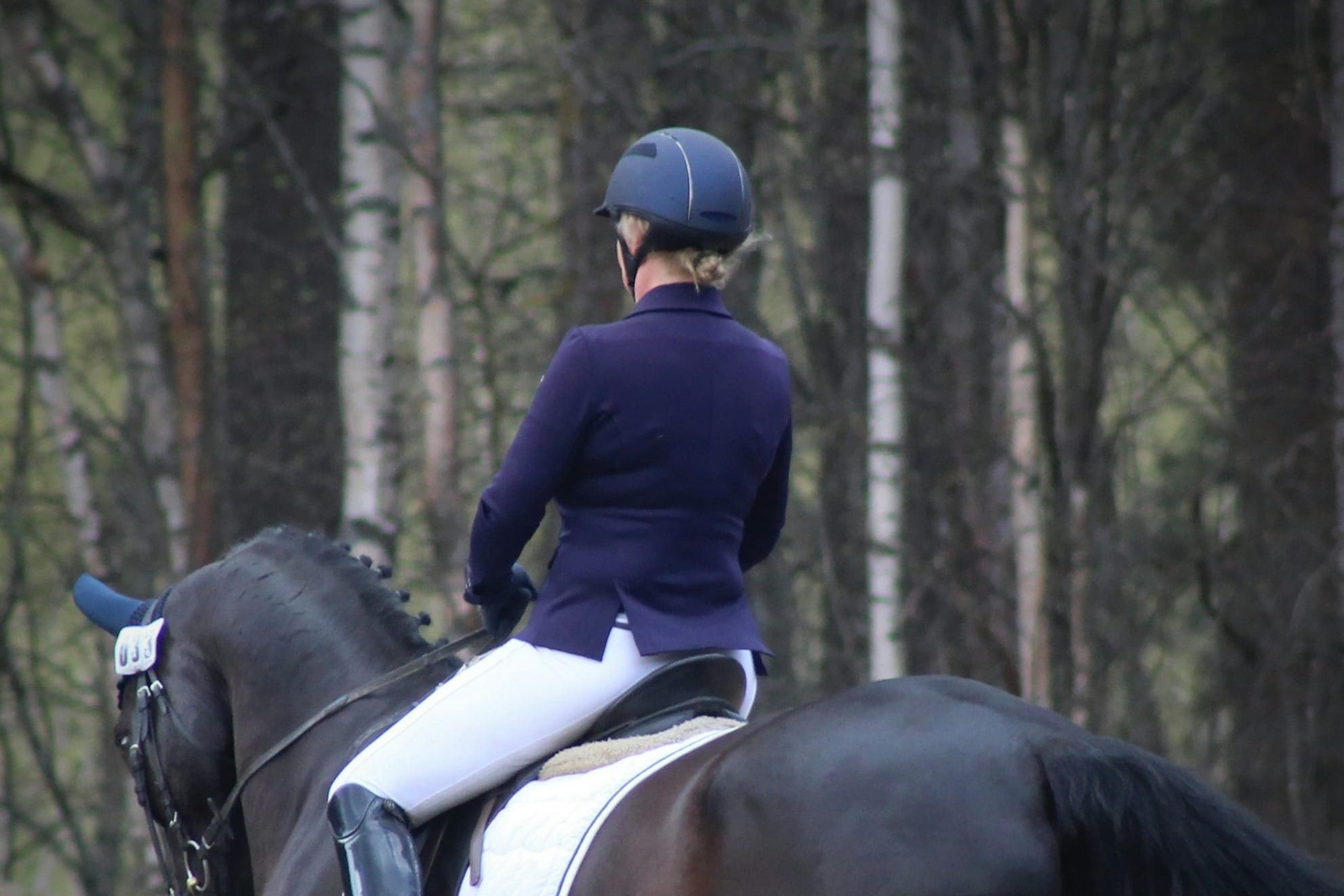What is MIPS Helmet Technology?
MIPS stands for Multi-directional Impact Protection System. It’s a thin, low-friction layer inside some helmets that helps reduce rotational forces from angled falls. Extra brain protection for the real-life twists and tumbles of riding.

Helmets have become an essential piece of safety gear for many riders, whether you’re in an arena or out on the trails. While all certified equestrian helmets are designed to protect your head in a fall, did you know that not all of them protect in the same way?
Helmet and Protection Types
While every certified equestrian helmet must meet minimum safety standards, newer technologies are pushing the boundaries of what that protection can look like. One of the most widely adopted of these is MIPS, short for Multi-directional Impact Protection System. You’ve probably seen the yellow dot on the back of certain helmets or heard the acronym tossed around in tack room conversations, but what does MIPS actually do, and why should riders care? Let’s break it down.
MIPS has nothing to do with standard impact protection - the kind that comes from all the foam padding inside your helmet. That traditional protection comes courtesy of the EPS (Expanded Polystyrene) foam layer found in all helmets. MIPS, on the other hand, is an additional technology designed to reduce the rotational forces caused by angled impacts. The MIPS layer is an extremely thin liner that sits between the helmet’s foam and the padding you feel against your head. In the case of an angled fall, it allows the helmet to move just a few millimeters around the skull, absorbing and redirecting some of the rotational force before it reaches the brain.
Why does that matter?
Traditional helmet testing mostly measures straight-on impacts, but as any rider who’s ever come off their horse knows, most falls don’t send you crashing headfirst into the ground at a perfect 90-degree angle. They’re awkward, off-center, and often involve twisting. That twist is what MIPS is designed to help protect against.
From an engineering perspective, rotational motion combines angular velocity (how fast the head spins) and angular acceleration (how quickly it speeds up or slows down). The brain, which behaves more like a liquid than a solid, is especially vulnerable to this kind of shearing motion. That’s what MIPS calls “brain strain.” Linear impacts (a straight hit to the skull) don’t disturb the brain’s tissue in quite the same way, but rotational motion has been shown to increase the risk of concussions, subdural hematomas, and other serious injuries.
MIPS technology isn’t unique to equestrian helmets; it’s also widely used in cycling, motorcycle, and snow helmets, with multiple studies showing its ability to reduce rotational forces during impact. For riders worried about bulk or weight, there’s good news: the MIPS liner is feather-light, weighing just 25–45 grams (0.05–0.1 pounds). That’s roughly the weight of a slice of bread!.
The bottom line?
While no helmet can make you invincible, technologies like MIPS give equestrians an added layer of defense against the types of injuries most common in real-world falls. For riders who spend countless hours in the saddle, that’s peace of mind worth having.

